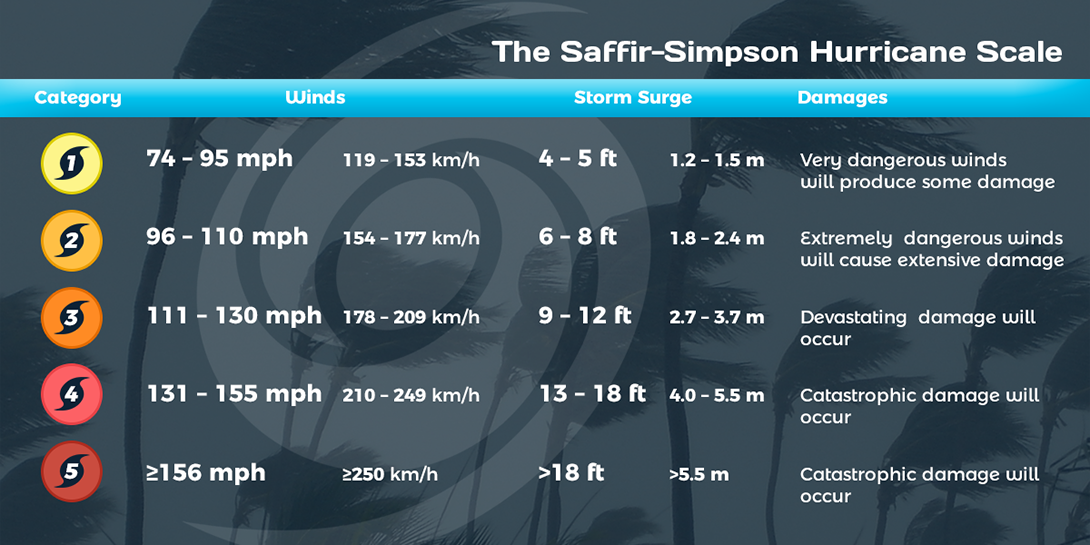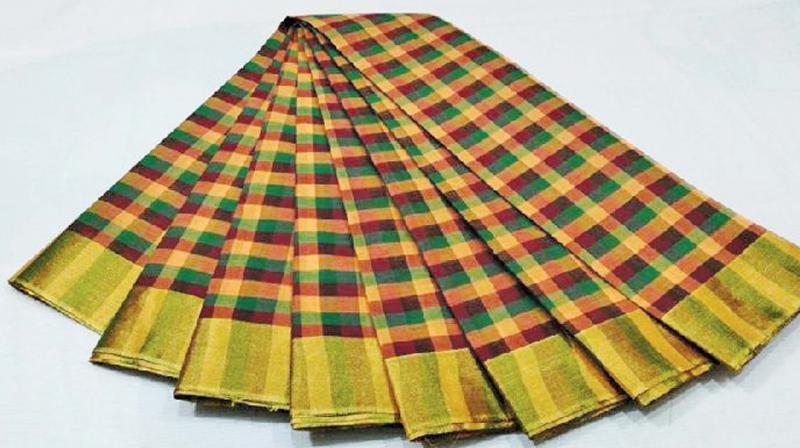900 319 0030
enquiry@shankarias.in
Hurricanes Classification

Evolution of Jupiter
GI Tag


Area and Production of various Horticulture Crops
Source: PIB, The Indian Express